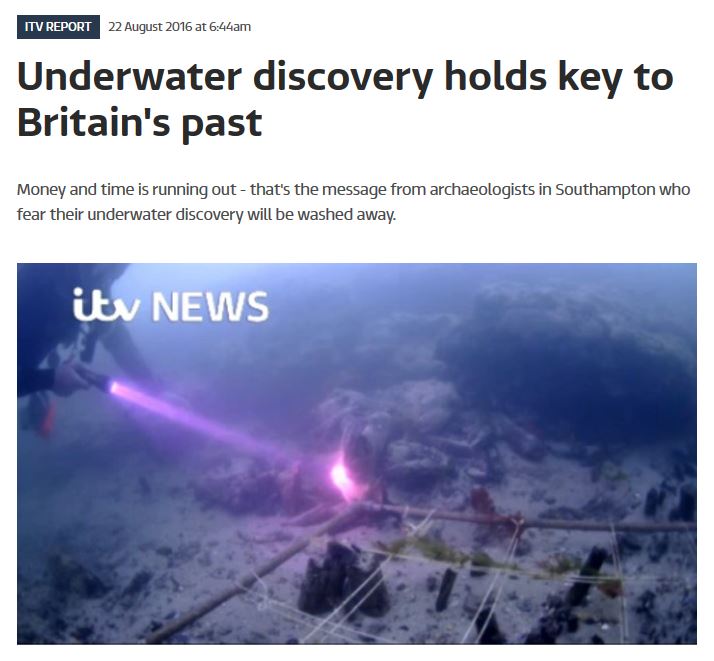There are several legends surrounding this monument. One legend says it is one of three stones closing the entrance to hell. This belief gave it the name “Bonde de l’Enfer,” loosely meaning “Leap From Hell.”
Another legend says that a young girl who wants to get married should climb on top of the menhir and slide down in her “birth pants.” Subsequently, she will be wed within a year.
A final legend tells a story of Samson of Dol who faced the temptations of the Devil nearby, and when the Devil failed, it whipped the stone, creating some of the marks we can see today.
Find this interesting?
Follow us on Twitter
Like us on Facebook



